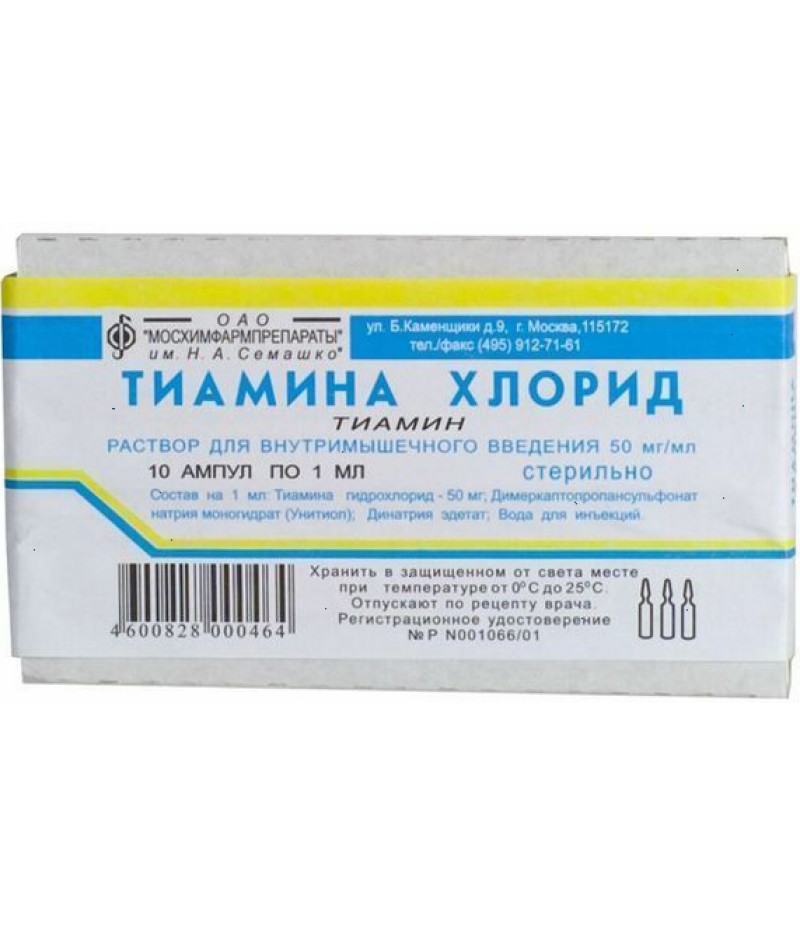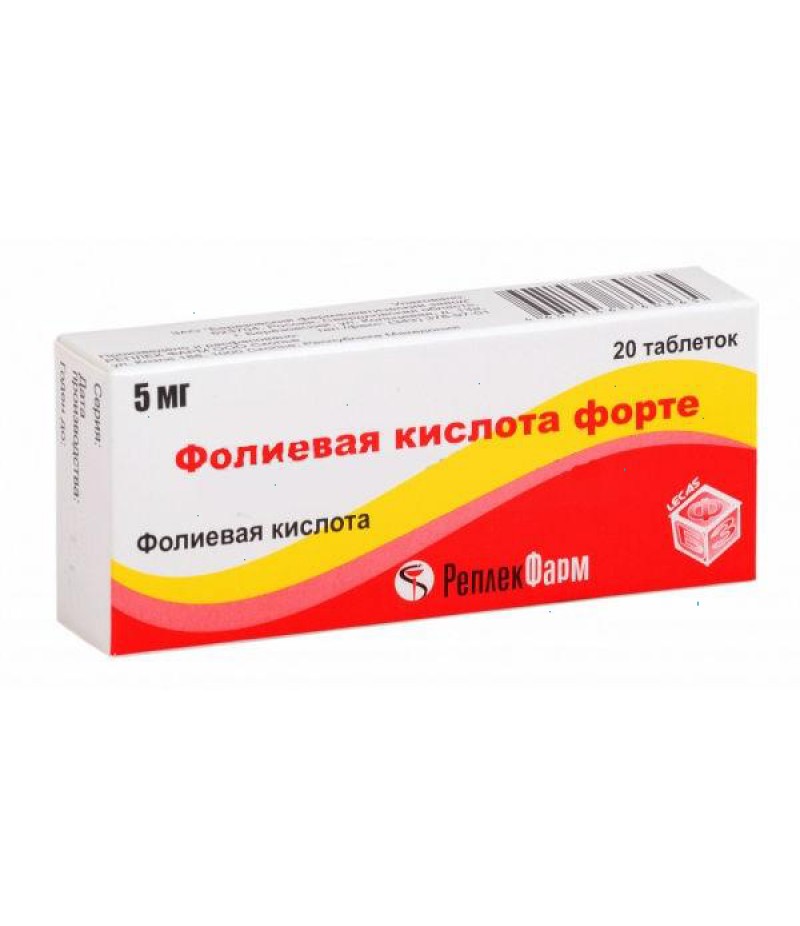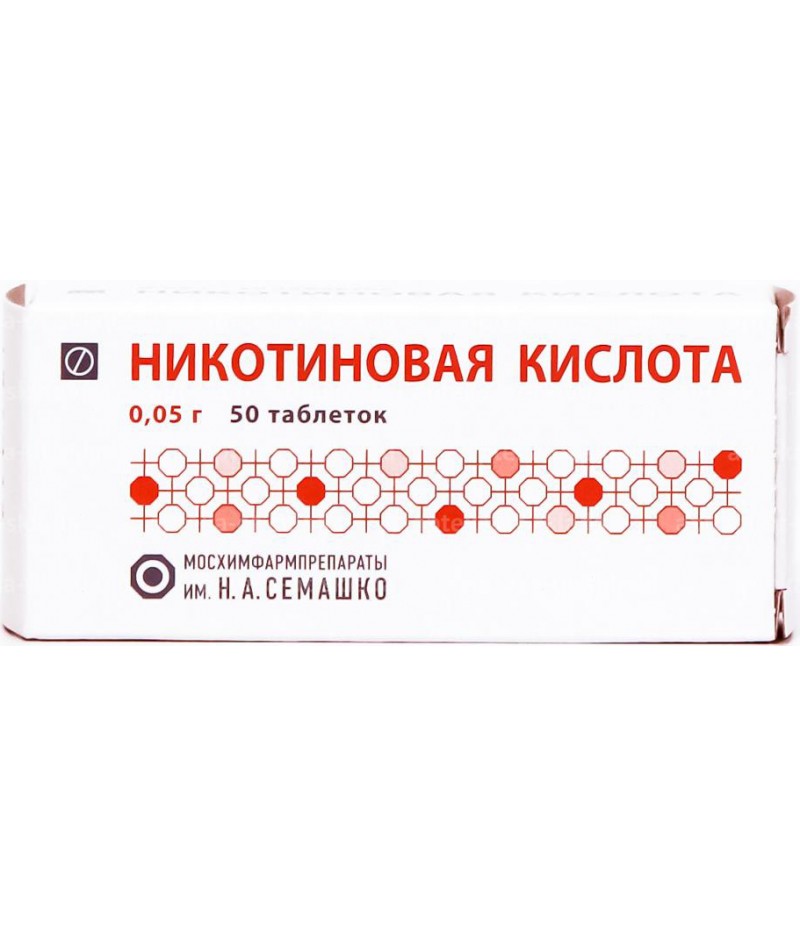Thiamine chloride solution 50mg/ml 1ml #10
- $1.94
- 3 or more $1.89
- Availability:In Stock
Thiamine chloride instruction for useYou can buy Thiamine chloride on this pageCompositionThe composition of the drug is actively thiamine.An additional component is water for injection.Form of issueP
Tags: solution
Thiamine chloride instruction for use
You can buy Thiamine chloride on this page
Composition
The composition of the drug is actively thiamine.
An additional component is water for injection.
Form of issue
Produced Thiamine in the form of powder, capsules, tablets or ready-mixed solution for injection. The substance is packaged in bags, vials or ampoules of 1ml, 10 pieces per pack.
pharmachologic effect
The drug has an action that can fill the deficiency of vitamin B1.
Pharmacodynamics and pharmacokinetics
Thiamine is a synthetic analogue of vitamin B1, which has good water solubility. Inside the body, during the process of phosphorylation, the substance is transformed into cocarboxylase, the coenzyme of most enzyme reactions.
As reported by the pharmacopeia, Thiamine Chloride, Thiamine Bromide, Thiamine Vial, Thiamine Hydrochloride are all trade names and analogues of vitamin B1. These preparations are offered in the form of white crystalline powder, capsules, tablets or solution.
They usually have a weak specific odor, are readily soluble in water, exhibit resistance to acidic solutions, but are easily destroyed by alkaline and neutral media.
Parenteral administration of drugs allows him to quickly enter the blood and fairly evenly distributed inside the body.
Phosphorylation of the substance occurs in the liver. The accumulation of vitamin is noted in the heart, liver, kidneys, brain and spleen. The main substance is excreted by the liver and kidneys.
Vitamin B1 or Thiamine is necessary for complete carbohydrate, protein and fat metabolism, normal activity of the nervous, digestive, endocrine and cardiovascular system.
Thiamine Mononitrate - what is it?
Thiamine Mononitrate has a low hygroscopicity, but high resistance to external factors. Therefore, it is actively used in the process of vitaminization of various food products.
Indications for use
It is administered with:
hypovitaminosis and vitamin B1;
neuritis, radiculitis, neuralgia, peripheral paresis and paralysis, myocardial dystrophy, intestinal atony;
starvation;
chronic alcoholism;
expressed violations of the liver;
thyrotoxicosis;
increased need for vitamins in pregnancy.
Contraindications for use
The main contraindication to taking the drug is hypersensitivity.
Side effects
With the reception of Thiamine, side effects can develop in the form of sweating, tachycardia, allergic reactions - urticaria, itching of the skin, anaphylactic shock.
Thiamine, instructions for use (Method and dosage)
Instructions for use Thiamine chloride reports that such a remedy can be prescribed for both internal and parenteral administration. The dosage is set by the doctor, but on average for adult patients it is 10 mg to take up to 5 times a day. For small patients up to 3 years, the recommended dose is 5 mg to be taken every other day, children 3-8 years old - 5 mg 3 times a day every other day, from 8 years - 10 mg 1-3 times a day. Duration of treatment is about 30 days.
The instruction for Thiamine hydrochloride recommends using it for deep intramuscular injection. For adults and children from 7 years, a daily dosage of 25-50 mg is prescribed. Treatment begins with the introduction of a small amount of solution. If the drug is well tolerated by patients, then the daily dosage is increased by 25 mg. In this case, the daily dose should not exceed 300 mg. The therapeutic course is 10-30 injections. Children up to 3 months are prescribed 12.5 mg, from 4 months to 7 years - 25 mg once a day.
Overdose
In cases of overdose, there may be an increase in the severity of side effects. Therefore, the prescribed dose should be strictly observed.
Interaction
Simultaneous use with solutions that contain sulfites, as well as Cyanocobalamin, reduces their activity.
With simultaneous parenteral administration of Thiamine and Pyridoxine or Cyanocobalamin, a significant increase in its effect is possible. In addition, vitamin B6 can complicate the transformation of thiamine. It is forbidden to mix vitamin B1 with Penicillin or Streptomycin, which can cause the destruction of antibiotics, as well as with nicotinic acid, capable of destroying vitamin B1.
Combination with suksametonium iodide, Redergama, Fentolamin, Anaprilin, some sympatholytic, for example: Reserpine or Octadin - reduces their pharmacological action. The combination of thiamine and hypnotics can reduce their hypnotics and hypotensive activity.
Storage conditions
To store vitamin B1 requires a dark, cool place, inaccessible to children.
Shelf life - 3 years.
Special instructions
What foods contain vitamin B1?
To prevent a deficiency of Vitamin B1, you must include in your diet products containing this substance. Most of this component is found in buckwheat, oatmeal, peas, nuts and fatty pork. Also, Thiamine is a part of bread from coarse flour, wheat germ, rice bran, green vegetables, some berries and fruits.
A sufficient amount of vitamin is present in wild and vegetable greens, algae, brewer's yeast, poultry meat, beef, liver, eggs and fish.
Application for hair Thiamine chloride and its analogues
To strengthen hair is intended Thiamin Vial in ampoules, which is not recommended to use a pure form, due to the possibility of developing allergic reactions.
Thiamin Vial - what is this?
It should be noted that this drug is an analog of vitamin B1. You can significantly improve the condition of the hair, if you use this product with shampoo. Before every hair wash, you need to add just a few drops of vitamin to the shampoo. The result will be beautiful and docile hair.
In addition, you can add thiamine to masks or balms for the hair, which greatly enhances their positive effect on quality and structure. A great way to strengthen hair is wrapping, which makes them healthier, beautiful and shiny.
To do this, make a mixture of two teaspoons of castor or burdock oil, ampoules of thiamine, ampoules of vitamin A, a solution of Dimexide and lemon juice.
All this must be well mixed and rubbed into the roots of the hair. The rest of the tool is spread over the length of the hair. Wrap the head with a towel and stand for at least two hours. Then wash the hair well with shampoo. The procedure is recommended to be performed every other day for three weeks.
Alcohol
Simultaneous use of alcohol can significantly weaken the action of vitamin B1 and accelerate its elimination from the body.
Reviews about Thiamine
In the network there are many discussions related to the use and effectiveness of vitamin B1. However, reviews about Tiamin only confirm its great importance for the human body.
It should be noted that this substance is used universally. For example, injections with this drug are made as part of a comprehensive therapy for the threat of miscarriage in pregnant women. In most cases, such treatment is very successful.
However, this preparation is especially popular as a highly effective means for strengthening hair. At various forums, women actively share their ways to improve the condition and restore hair health. Users who are not yet familiar with these methods are constantly clarifying: Thiamine is a vitamin and how can it be replaced? Also women are interested in: Thiamine chloride - what is it and what is its difference, for example, Vial or hydrochloride?
As you know, vitamin B1 is the most important participant in the processes of full growth and development of the body, providing support for the normal activity of the cardiovascular, nervous, endocrine digestive systems.
Therefore, you need to take care of sufficient intake of this vitamin in the body with the help of adequate nutrition. If this is not enough, then you should organize an additional intake of a vitamin or vitamin complex.



